Rhododendron
lucy522
10 years ago
Related Stories
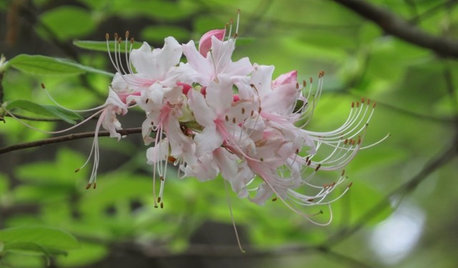
GARDENING GUIDESGreat Design Plant: Rhododendron Canescens
Have a damp, shady spot in your garden that needs a lift? This Southern U.S. native may be the solution
Full Story
GARDENING GUIDESHave Acidic Soil in Your Yard? Learn to Love Gardening Anyway
Look to acid-loving plants, like conifers and rhododendrons, to help your low-pH garden thrive
Full Story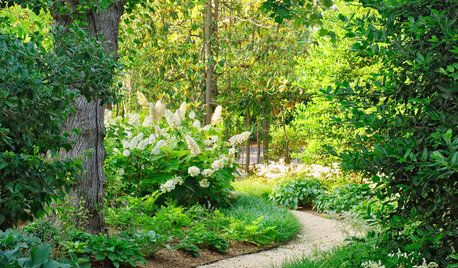
LANDSCAPE DESIGNUnwind in Your Own Private Garden Escape
When the world is getting on your last nerve, an outdoor refuge can soothe and nurture. Here's how to design a garden with relaxing in mind
Full Story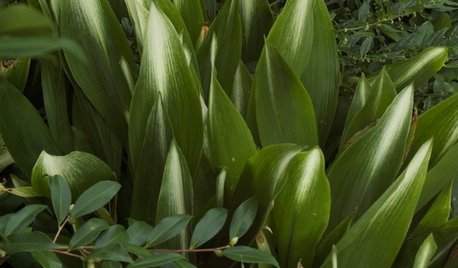
LANDSCAPE DESIGN7 Evergreen Wonders of the Plant World
Year-round interest, structure and beautiful color? These top-notch evergreens have gardens covered
Full Story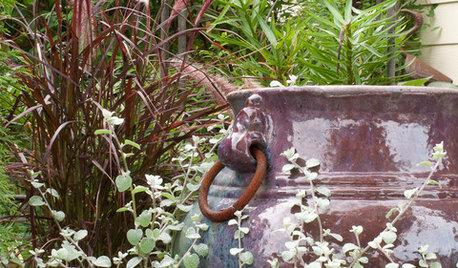
PLANTING IDEASGreat Garden Combo: Silver Sparkles Amid Purple and Blue Foliage
Get the look of this modern foundation planting by focusing on a restrained color palette with tasteful accents
Full Story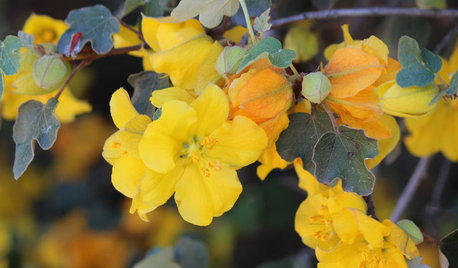
CALIFORNIA GARDENINGCalifornia Gardener's May Checklist
Only one major chore but a plethora of planting possibilities means a delightful month in California gardens
Full Story
LIFETrue Confessions of a House Stalker
Letting go when a new owner dares to change a beloved house's look can be downright difficult. Has this ever happened to you?
Full Story
LANDSCAPE DESIGNHow to Create a Beautiful Shade Garden
Turn the cool, shady spot in your garden into your own quiet oasis
Full Story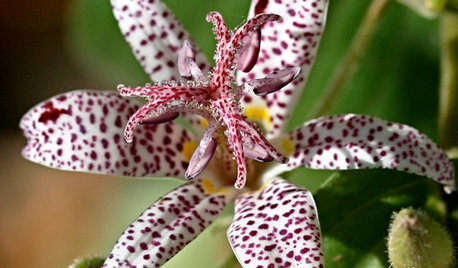
SUMMER GARDENING10 Perennials to Extend Your Garden's Summer Color
Revive summer-weary gardens with outstanding late bloomers such as toad lily, Russian sage, blanket flower and more
Full Story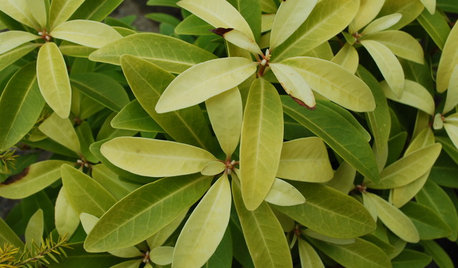
LIME FOLIAGEGreat Design Plant: Illicium Parviflorum ‘Florida Sunshine’
This shrub from the anise family brings a ray of chartreuse sunlight to the woodland garden
Full StorySponsored






akamainegrower
rhodyman
Related Professionals
Maple Valley Landscape Architects & Landscape Designers · Allentown Landscape Architects & Landscape Designers · Glen Ellyn Landscape Architects & Landscape Designers · Hershey Landscape Architects & Landscape Designers · Woburn Landscape Contractors · Avocado Heights Landscape Contractors · Berwyn Landscape Contractors · Damascus Landscape Contractors · Framingham Landscape Contractors · Indianapolis Landscape Contractors · Mendota Heights Landscape Contractors · Monterey Landscape Contractors · Norristown Landscape Contractors · Seymour Landscape Contractors · Winchester Landscape Contractorslucy522Original Author
lucy522Original Author
rhodyman
lucy522Original Author
rhodyman